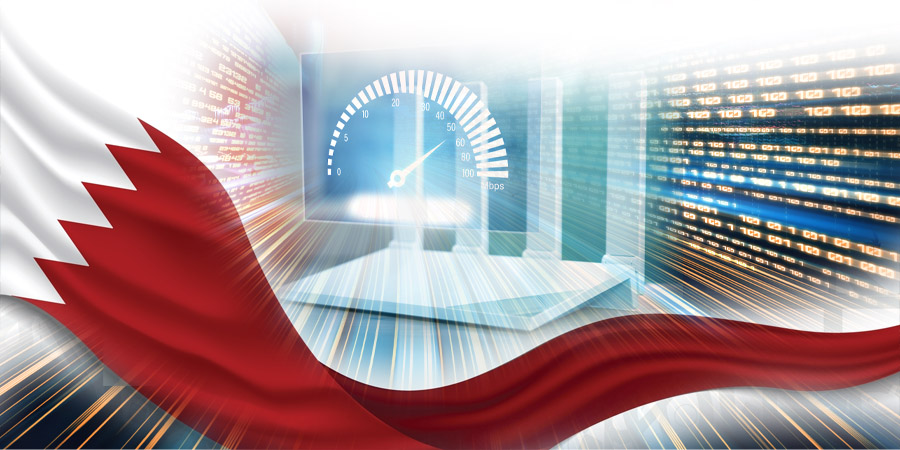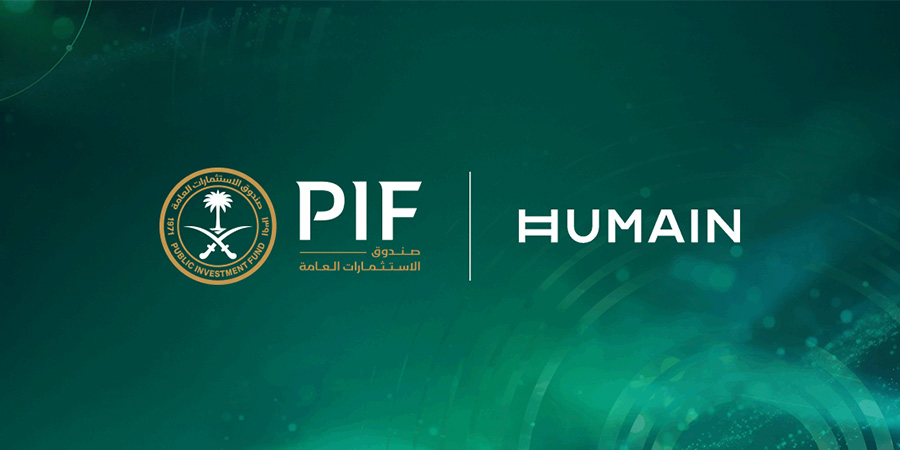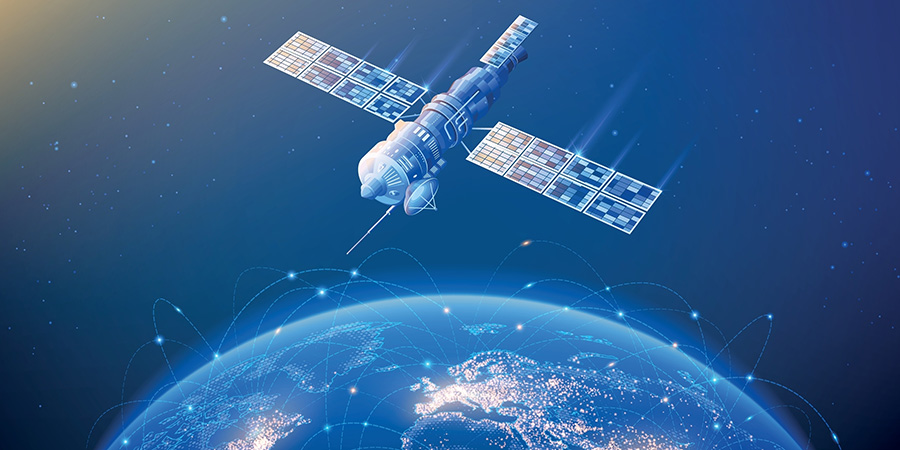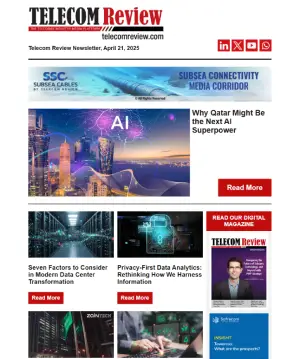Five years from now, 6G will be the most-awaited tech evolution. However, given this short period of time, is the telecom industry and society in general prepared for the nationwide deployment of the next ‘G’ wave?
6G is a hot topic of discussion. Telecom giants are working on delivering superfast wireless cellular communications specifications, while evaluating how to make a return on their multi-billion-dollar investments (ROI) in 5G. Interestingly, these returns are projected to yield a global market value of USD 320.1 billion by 2026. Although, actualizing a piece of the 5G ROI pie will depend on the strategy and niche of the entity.
What Do We Know So Far About 6G?
Building on 5G advancements, 6G technology represents the next transformative step in wireless communication.
As research began as early as 2018, 6G commercial deployment is anticipated by 2030, following the completion of IMT-2030 specifications. This evolution promises unparalleled data speeds exceeding 100 Gbps, ultra-low latency, and novel capabilities in spectrum sharing and distributed RAN.
Key features of 6G include enabling real-time holographic communication, immersive AR/VR experiences, and massive IoT connectivity. It is also set to significantly enhance machine learning (ML) and AI (artificial intelligence) integration, driving advancements in autonomous systems and smart cities. The overarching vision is to create an intelligent wireless ecosystem supporting the fourth industrial revolution (4IR) by seamlessly connecting humans, machines, and the environment.
In line with this, major developments in 6G were highlighted at WRC-23 in Dubai to support 6G’s global rollout. This includes mid-band spectrum allocation and IMT identification of the upper 6 GHz band (6.425-7.125 GHz) for the EMEA region as well as in some countries in the Americas.
While promising, challenges like infrastructure readiness, global standardization, and security concerns must be addressed.
Middle East: An Innovation Hub for 6G
The Middle East is strategically positioning itself as a global leader in the development and deployment of 6G technology.
Leveraging robust macroeconomic conditions, a tech-savvy population, and ongoing investments in 5G and 5G-Advanced, the region is setting the stage for a seamless transition to 6G.
The UAE stands at the forefront, with the Telecommunications and Digital Government Regulatory Authority (TDRA) announcing a comprehensive 6G roadmap. The plan emphasizes scientific research, the development of technical standards, and strategic collaborations across industrial, academic, and governmental sectors. The TDRA’s ‘ICT Regulatory Sandbox’ facilitates 6G experiments, paving the way for widespread adoption by 2030. “The ICT Regulatory Sandbox has been instrumental in providing the spectrum resources and regulatory frameworks needed to facilitate 6G trials,” said Mohammed Al Ramsi, TDRA Deputy Director General for Telecommunications.
Additionally, the UAE’s allocation of the 600 MHz and upper 6 GHz bands, as announced in November, 2024, positions it among the first to offer 6 GHz mobile broadband, a foundational element for 6G.
Other key initiatives include Ericsson and e& UAE’s collaboration on 6G use cases and the UAE’s 6G Centers of Excellence (CoE), which aim to attract global talent and investments. Working alongside the TDRA, technology vendors, and other operators as part of the 6G Task Force, du is also playing an instrumental role in defining the UAE’s vision for 6G.
Saudi Arabia is also making significant strides towards 6G. In continuation of a three-year partnership established in 2021, Ericsson has extended its R&D partnership with Saudi Arabia’s King Abdullah University of Science & Technology (KAUST) until 2026 to continue research related to 5G and 6G technologies. Patrick Johansson, President of Ericsson Middle East and Africa, highlighted their collaboration with KAUST and TÜBİTAK, stating, “We are conducting intensive research into 6G networks.” Moreover, Saudi Aramco’s digital subsidiary is in talks to invest USD 1 billion in US telecom firm, Mavenir, aligning with Vision 2030’s focus on technological innovation and economic diversification.
With these initiatives, the Middle East is set to become a hub for 6G innovation, driving the region’s commitment to digital transformation further.
The Global Push Toward 6G Integration
Global efforts to develop 6G technology are accelerating, with countries, organizations, and industry leaders working to shape the next era of
connectivity.
Research and development initiatives aim to define technical requirements, integrate emerging technologies, and lay the foundation for 6G deployment by 2030.
Europe leads with innovation. Germany has appointed a 6G research coordinator to ensure competitiveness, focusing on eliminating coverage gaps and supporting advanced applications. Telefónica Germany and AWS have collaborated to test quantum technologies in mobile networks by optimizing mobile tower placement, enhancing security with quantum encryption, and exploring insights for 6G development. While the second phase of Europe’s largest 6G research project, the Hexa-X-II initiative, led by Nokia, aims to create a novel, end-to-end platform for next-generation networks. Complementing this, the SUSTAIN-6G project integrates sustainability into 6G development.
Sweden, supported by a USD 5.4 million grant, is also advancing satellite-6G integration. Together with the US, Sweden aims to build a collaborative ecosystem for 6G research and development by leveraging new spectrum allocations, harmonizing frequency bands globally, and fostering cooperation based on shared principles like transparency and innovation.
Asia is setting milestones. China achieved a breakthrough in satellite-to-ground laser communications with a data transmission rate of 100 Gbps, positioning itself as a leader in satellite communication relevant to 6G. Researchers from Beijing University of Posts and Telecommunications demonstrated the world’s first 6G field test network last year, achieving semantic communication using 4G infrastructure and emphasizing the potential of backward compatibility.
Private sector collaboration is pivotal. Initiatives like the AI-RAN Alliance are uniting global technology leaders, including Ericsson, Microsoft, and Nokia, to drive AI innovations in radio access networks, which are essential for 6G. Telefónica, Ericsson, and MATSUKO also showcased the potential of holographic communication through IMS Data Channel (IMS DC) technology, emphasizing future applications for 5G and 6G voice services.
Global cooperation remains crucial, with the US, EU, and Sweden fostering shared principles like transparency, security, and sustainability, underscoring the collective vision for 6G’s secure and inclusive future.
6G Market Growth Drivers
The 6G market is expected to revolutionize connectivity with ultra-low latency, high data rates, and advanced technologies such as terahertz frequencies, quantum computing, and AI-driven optimization.
As observed globally, its key verticals include immersive holographic communication, sustainable networking, networked sensing, generative AI (GenAI), and the digitalized, programmable physical world. The concept of digital twins will play a central role, offering real-time virtual replicas of physical entities for improved planning and automation in industries like manufacturing and beyond.
Apart from this, the Internet of Senses (IoS) will merge the physical and digital worlds, enabling multisensory interactions such as haptic and olfactory experiences, fostering remote collaboration with digital replicas of humans and devices.
Embedding 6G into a 3D network will also make it possible to integrate cellular and satellite technologies easier, connecting more devices globally. This transformation offers significant opportunities for satellite markets while challenging traditional telecom revenue streams.
The collective efforts of regional research alliances, vertical organizations, and mobile operators were observed during the 3GPP workshop on IMT-2030 use cases, whereby the key goals and decade-long roadmap for 6G innovation were highlighted. These goals comprise economic growth, tech advancement, societal equity, and environmental sustainability, as well as trust and reliability.
What to Expect from 6G in 2025?
As we progress in 2025, the 6G landscape is gradually being molded by important milestones. The 3GPP RAN Workshop in early 2025 will kickstart the study and design of key aspects of 6G technology, with Release 20 launching the first 6G study items and Release 21 focusing on system design requirements and targets. This early focus on standardization is crucial as global interoperability will play a pivotal role in ensuring that 6G can deliver ubiquitous, seamless connectivity across regions and industries.
It is worth noting that 6G will not merely be an extension of previous generations; it will evolve into a diverse network combining unlicensed, shared, and exclusively-licensed networks, providing a foundation for next-gen applications.
Having said that, one of the most critical elements of 6G is its radio interface, which will form the backbone of its connectivity capabilities. Starting in the second half of 2025, development will focus on creating the cellular air interface, incorporating new frequency bands such as cm-wave and sub-terahertz (THz) to support the massive bandwidth requirements of 6G. The 3GPP, having completed work on 5G-Advanced, will now turn its attention to 6G, setting the stage for a future that extends far beyond 2030.
According to Detecon’s Konstantinos Pentikousis, frequency bands like cm-wave and sub-terahertz (THz) are promising candidates for 6G and could complement existing 5G offerings in sub-6 GHz and mmWave frequencies. Additionally, the GSMA reports that, in 2025, the 6 GHz development for International Mobile Telecommunications (IMT) will continue to grow, with more nations adopting the 6 GHz band for IMT, particularly in APAC, the Gulf, and Latin America, accelerating regional developments.
Ultimately, 6G promises to be an incremental yet transformative leap, laying the foundation for new industries, smarter cities, and a digitally integrated future.
Its long-term vision and substantial investment will ensure that it meets the needs of tomorrow’s technological landscape. With countries worldwide adopting new frequency bands and creating clear roadmaps, 6G will be a truly global initiative, bringing faster, more reliable connectivity to every corner of the world.
More 6G Insights:
Security Requirements and Challenges of 6G Technologies and Their Applications
6G Leading the Global Market: Forging New Opportunities
From Low to Very Low: Transforming Earth Orbit Satellite Networks with 6G







